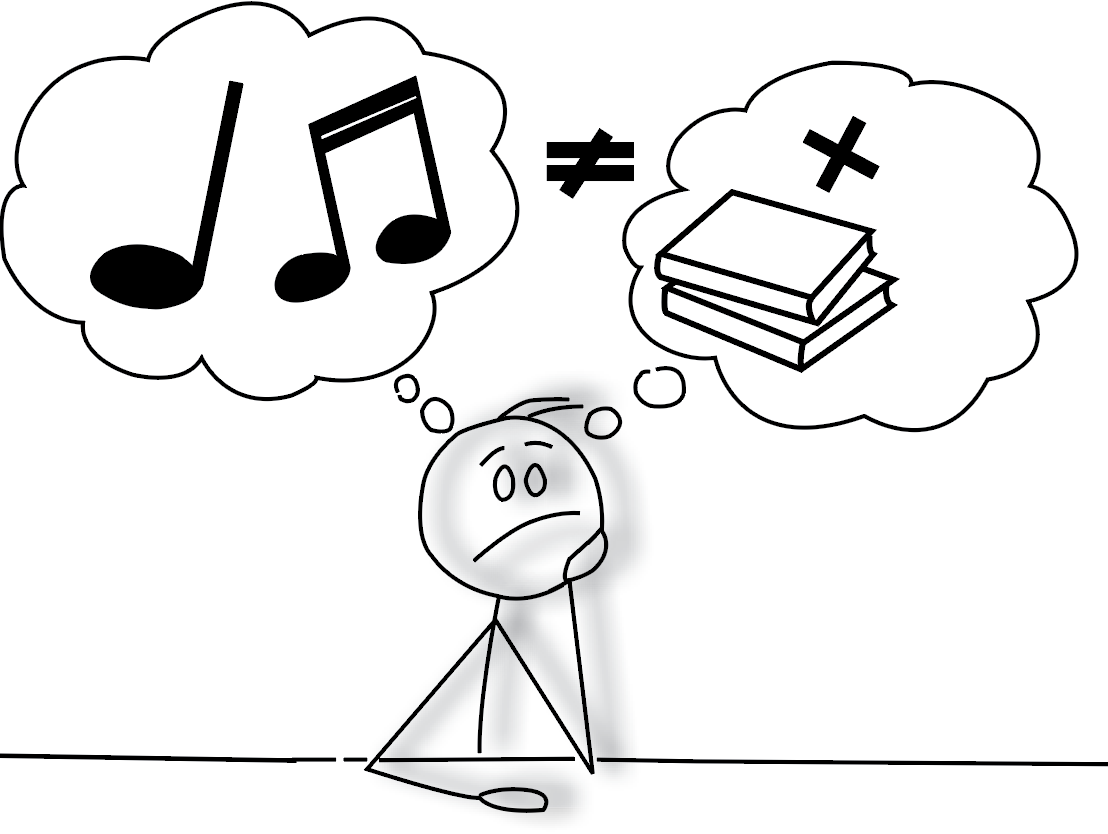Many view Advanced Placement (AP) courses as the pinnacle of high school education, where academically inclined students undergo intense and advanced coursework in various subjects. However, the College Board has gradually expanded educational advancement for those who are minorities or part of the low-income demographic. Despite this improvement, many underprivileged students fail to succeed on the actual AP exam.
According to the New York Times, around 21% of AP tests were administered to students from low-income families. Despite this, 60% of those students failed the AP test, scoring one or two out of five, which does not qualify them for college credit. The Washington Post states that the government funds about $37 million towards disadvantaged students’ exam fees, and yet, they are unable to pass the exam. These students fail to receive college credit and leave the college-level course with little understanding of the subject.
In 2022, 74 economically disadvantaged students at Walnut High School took an AP exam and only 5% of them passed. However, in 2023, 234 students of the same demographic took an AP exam and 6% of them passed. The amount of students enrolling in AP classes and completing the AP exam has increased drastically over the last couple of years. Despite the fact that more low income students are taking these advanced courses, the amount of them passing the exam is low, a trend supported by nation-wide statistics.
With an increasing trend of AP exam takers among economically disadvantaged students, schools must adapt and do better to support these students. To address such an achievement gap, low income students should be given extra support throughout their education. Receiving assistance throughout their early academic endeavors would allow these students to develop their knowledge in subjects and to mature other skills such as organized note-taking or study habits. This would prepare students for rigorous classes during and beyond their high school years. Assistance should not be just academic based, but should also revolve around personal life guidance. The strain of life outside of school may impact disadvantaged students and inhibit them from reaching their full potential.
Furthermore, wealthy students are able to receive outside assistance for AP classes that low income students are otherwise incapable of affording. It is apparent that high income students have more opportunities to enhance their academic abilities than those who are low-income. However, the College Board has made AP classes more accessible for lower income students such as offering reduced exam fees, but still has yet to provide adequate resources to help them be more successful.
Although it seems as if the AP system is an insufficient method to support the educational instruction of low-income students, it is still an effective method for fostering an advanced learning environment. Minority students are still able to benefit from a rigorous academic program. It is proven that taking advantage of AP courses led to various benefits, such as an increased college acceptance rate or a higher income in future careers.
This solution not only benefits low-income students by allowing them to nurture their talent and gain exposure to advanced instruction from a young age, but also allows funds the government and taxpayers provide to have an actual and more effective purpose. With this method, underprivileged students are set to succeed in the classroom and to truly benefit from the perks of AP courses.







